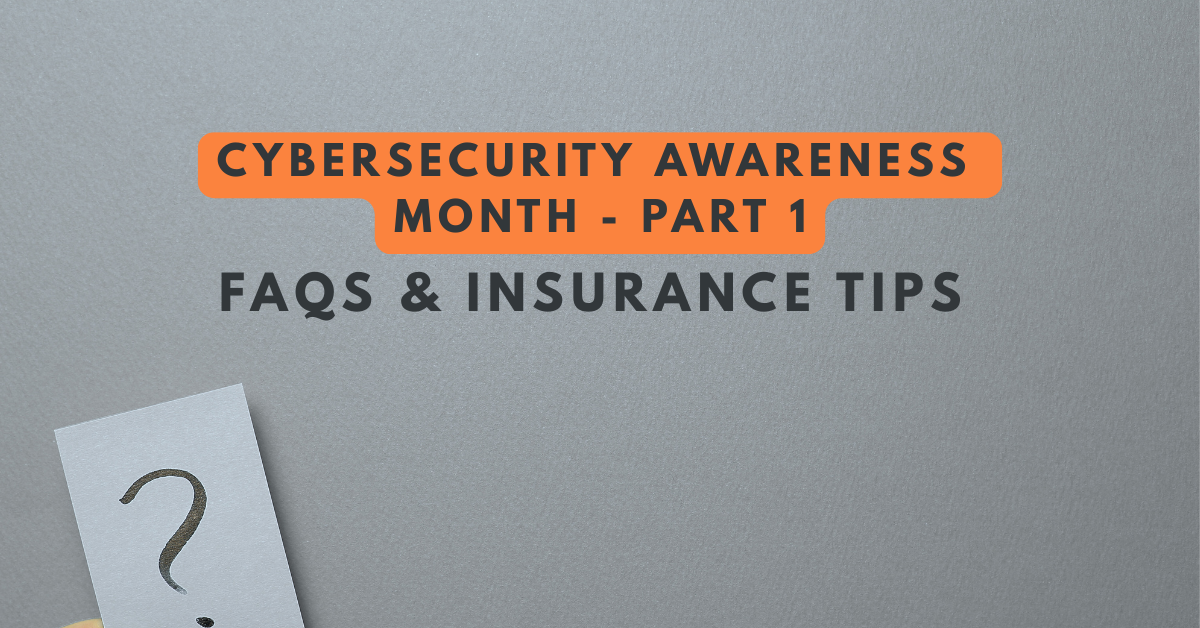The Importance of Employee Benefits for Recruitment and Retention
See How We're Different
or call us: (858) 384‑1506
Why are Employee Benefits so Important
With unemployment rates near 20-year lows in San Diego and across most parts of California, employers are taking a hard look at incentives that can help retain their best employees and find good, new hires.
For many, that means scrutinizing benefits packages to see how they size up against competitors – and to look for ways of adding to those packages without significantly increasing costs.
What Are Employee Benefits?
Employee benefits are defined as forms of indirect, non-wage compensation provided for employees in addition to their pay. They might also be referred to as perks or fringe benefits.
Some benefits are mandatory – such as unemployment insurance, workers’ compensation, disability insurance and, for some businesses, health/medical coverage, and leave under the Family Medical Leave Act.
Other benefits are entirely discretionary.
The Most Popular Employee Benefits
The reason why group health insurance is important is simply that in one survey after another, they come out top among benefits ranked by employees.
Of course, providing group health coverage is also important for Affordable Care Act compliance (for organizations with more than 50 employees), although, increasingly, organizations are requiring employees to contribute to the cost.
But programs that extend coverage beyond ACA compliance requirements, for example adding dental or vision care, offering health screening, or providing health coverage even where it’s not mandatory, only strengthen its position as the Number 1 employee benefit.
Other popular benefits include:
- Vacation/paid time off.
- Paid sick leave.
- Flexibility of working hours and opportunity to work from home.
- Retirement plans such as a 401k or company pension program.
- Paid parental leave.
- Stock options.
- Help with tuition costs.
- Discounts on company products and services.
- Paid time off for volunteering.
Advantages of Employee Benefits
In a tight labor market like the one we’re experiencing right now, job applicants can be a rare item in some sectors, notably software developers, health professionals, retail salespeople, education, leisure and hospitality.
The good ones are looking for a strong pay and benefits package, and working for a reputable organization with a good reputation and career prospects.
Research by online jobs agency Glassdoor found that almost two thirds of people say benefits and perks are a major factor when deciding on a job offer.
The same goes for employees already on your payroll: if they’re ambitious, they’re checking the jobs and packages your competitors offer.
So, the number one advantage of a good employee benefits program is the contribution it’ll make to retaining the good guys and finding the best among the job hunters outside.
But that’s not all there is to it. A well-thought-out rewards management plan may also give you:
- Reduced operating costs. It sounds like a contradiction but a happier, healthier, team will likely offset benefit costs with higher productivity.
- Tax incentives with employee benefits, through deductions you can apply to your contributions for health coverage and many other costs.
- An enhanced reputation among your rival and peer employers and in the communities where you’re located.
Trends in Employee Benefits
The tech sector has led the way in devising innovative benefits for employees.
For instance, everyone has heard about the range of “extras” that search giant Google offers – from free chef-prepared meals three times a day to massages and yoga classes.
Yes, they may seem like gimmicks but they’re effective in strengthening relationships between employee and employer.
And they’re also raising the bar in terms of what job-seekers are looking for.
In particular, employees and new hires welcome benefits that directly contribute to their wellbeing.
Many forward-looking organizations, for instance, now either operate in-house gyms or, more commonly, contribute towards or pay entirely for gym memberships. It’s usually possible for employers to negotiate significant discounts for bulk memberships.
Another popular perk is a sabbatical break – a period of paid or unpaid leave that allows employees to pursue a topic of personal or professional interest.
Other benefits fit into a more imaginative category. For example, Goldman Sachs has offered coverage for gender reassignment surgery for the past 10 years.
Scripps Health offers pet insurance to employees, clothing retailer Gap pays for free museum access, Amazon has a program called Ramp Back that allows new mothers to ease themselves back into the work environment, Genentech provides car washes and haircuts for employees, and airline Southwest pays for counseling and legal consultations.
One of the biggest and most controversial programs is the introduction of unlimited vacations – a concept that rates highly in many employee surveys.
Contrary to what you might expect, firms that have pioneered unlimited vacations have found that employees generally don’t take off much more time than they would with a conventional vacation program.
They’re influenced by the behavior of their peers and don’t want to be seen to be acting irresponsibly.
From the employer perspective, the removal of fixed term vacations means that employees can’t accrue days owed, for which they would otherwise have to be paid.
Research so far suggests companies can save an average $1,898 per employee!
California Employee Benefits
Many of the organizations mentioned in the previous sections are either based in or have operations to California. But how does the state stack up against other parts of the US in terms of employee benefits?
According to research by the Society for Human Resource Management (SHRM), California is ahead of the nation is providing HMO health coverage and in extending coverage to domestic partners.
But the state lags behind US averages for providing other health and wellness benefits including provision of risk assessments, stop-smoking programs, and general health screening.
The state also mandates a number of benefits that may not be available elsewhere in the US, such as temporary disability insurance, job-protected leave under the California Family Rights Act (CFRA) and leave for victims of domestic violence.
For more details on attendance and leave rules in California, check out this comprehensive online guide: https://tinyurl.com/CA-leave
What to Do Next
Don’t underestimate the importance of employee benefits. They are likely to play an increasingly important role in HR policies in the coming years. You can’t ignore the issue, so, here’s a plan for your next steps.
- Review your own organization’s existing benefits for effectiveness and cost.
- Identify packages currently being offered by competitors and companies with similar skillset requirements.
- Conduct an in-house survey to establish employee benefit likes and dislikes. But beware! Avoid raising expectations.
- Brainstorm ideas for a new benefits program.
- Consult an employee benefits expert. A good starting point is your group insurance agent. Here at Fusco & Orsini, we have relevant experience and expertise on California group health insurance and many other benefits programs. Feel free to get in touch for a no-cost discussion.
- Develop a costed and timetabled plan to implement a new benefits program, piloting your most promising plans. Don’t do everything at once.
Starting down the road to improved employee benefits doesn’t have to be a big or costly exercise. Even free snacks or free coffee are highly rated by employees. Whatever you do, your employees and job applicants will recognize your initiative.







